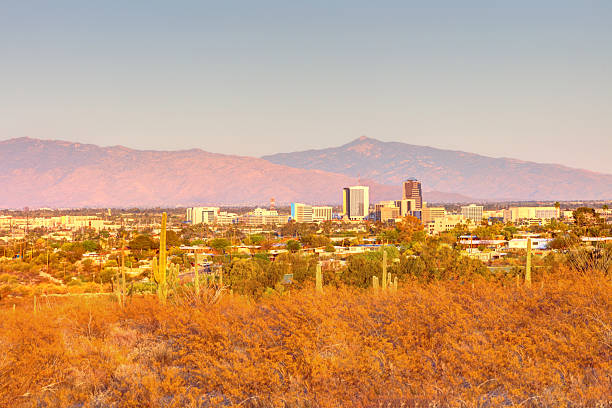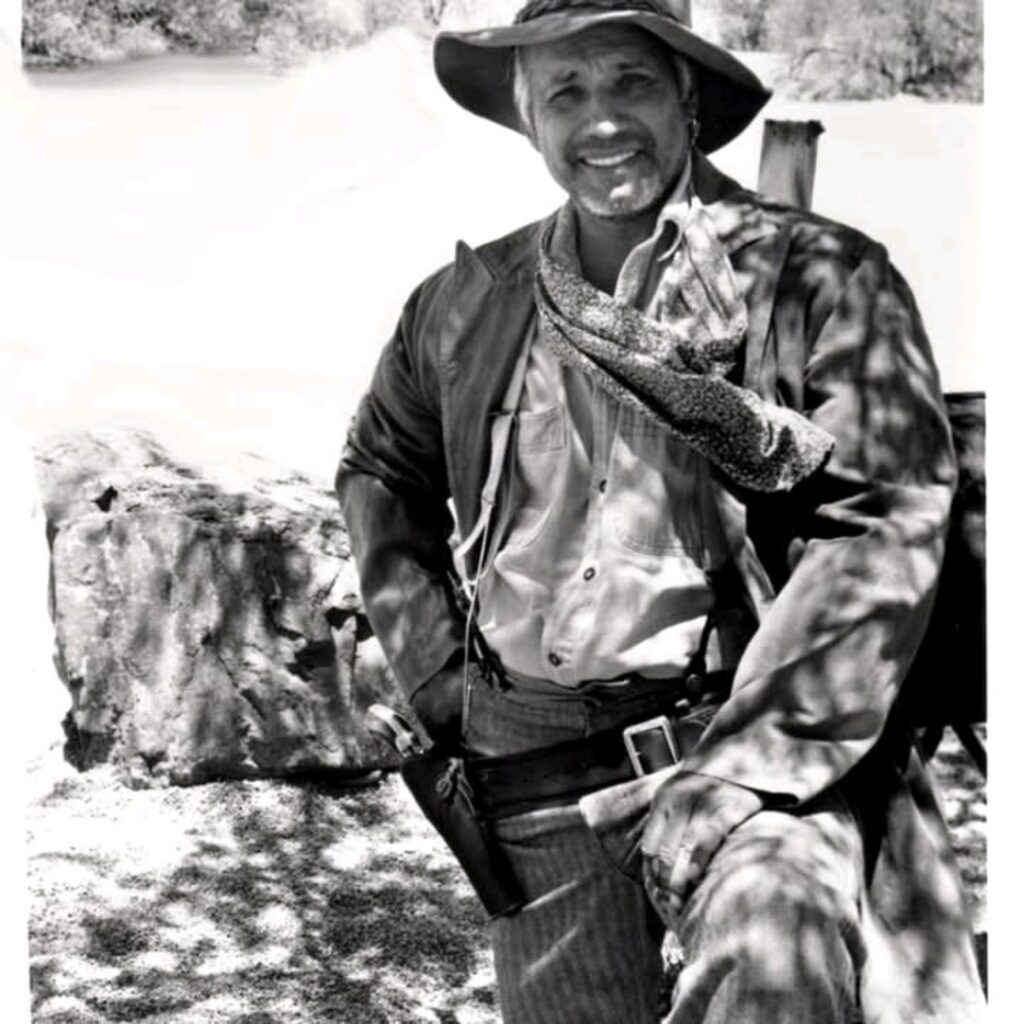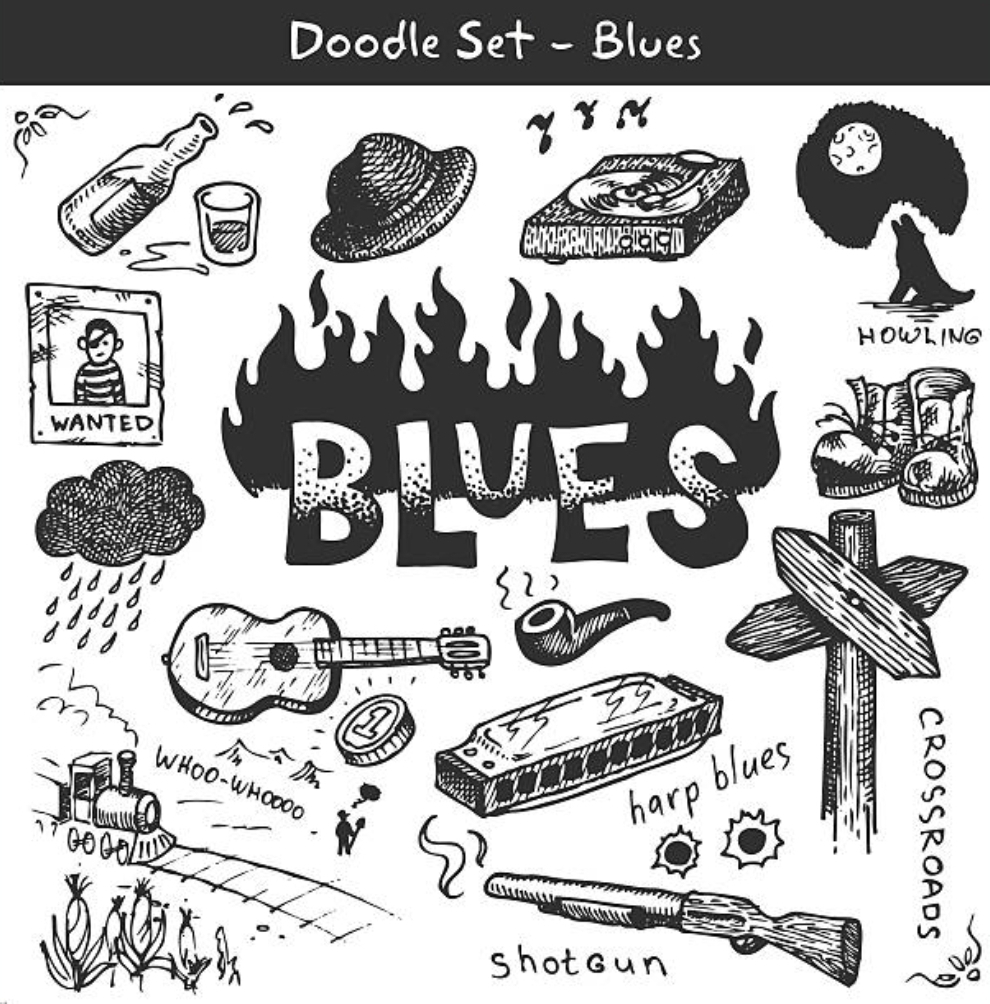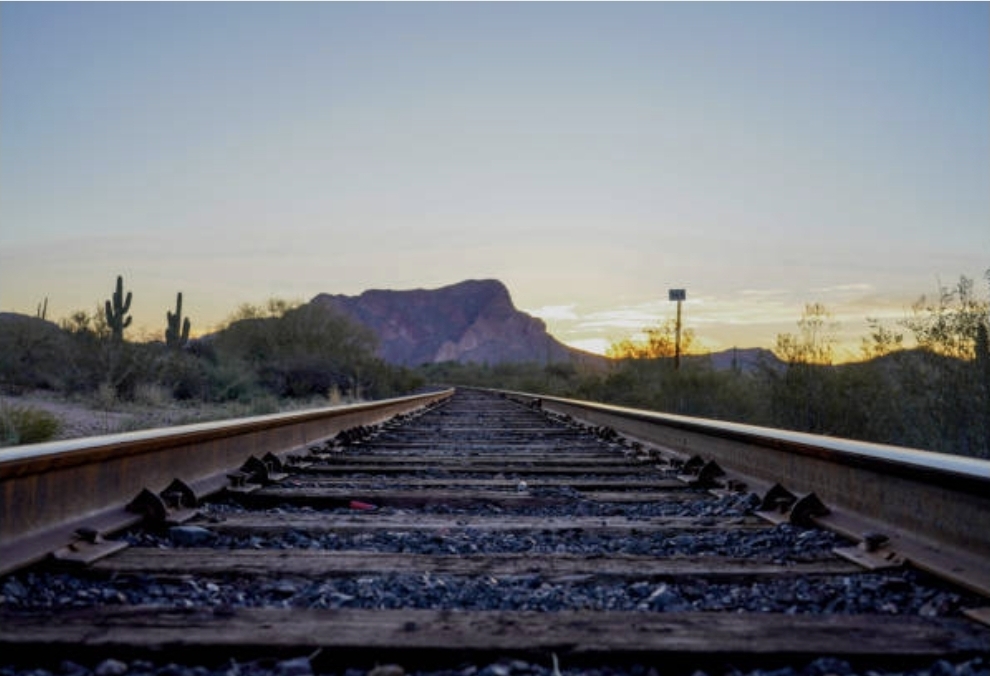
Tucson in the 1970s and ’80s was a city humming with music that didn’t just echo from its clubs and cantinas—it bled out of garages, flowed through alleyways, and pulsed in every neighborhood from the barrios to the boulevards. Nestled between the rugged beauty of the Sonoran Desert and a cultural crossroads of Mexico and the American West, Tucson developed a sound all its own—soulful, gritty, genre-defying.It was a scene stitched together by mariachi horns and Telecaster twang, punk riffs and blues wails. In this fertile ground of sound and sand, a new generation of musicians rose—each carrying their own weathered instrument and a heart full of stories.
One of those stories belongs to Andres “TaTa” Carranza, a bluesman whose journey mirrors the rough-cut beauty of the city he once called home. Carranza’s musical life started far from the glamour of big stages. As a child, he migrated with his family through labor camps across southern Arizona, Texas, New Mexico, and even as far as Utah and Idaho. The soundtrack of those years was the rhythm of hard work—and the occasional crackle of a blues record playing through a tiny radio. At just 8 years old, a fateful walk along the railroad tracks in Cochise County changed everything. There, young Andres found a broken harmonica—damaged but not defeated. With only two working keyholes, it became his first teacher. Guided by the soul of legends like B.B. King, Etta James, and Little Walter Horton, Carranza taught himself to play, discovering not just music, but his own voice.

In the 1970s, Tucson wasn’t chasing trends—it was forging its own. The downtown clubs were alive with honky tonk, soul, punk, conjunto, jazz, and desert folk. The city became a sanctuary for musicians who didn’t fit into neat categories. Carranza found his stride in this diverse musical landscape. His band, Lil Romeo and The Hidden Tempers, became a fixture in small honky tonks and roadside bars, where the music was raw and real. He played with regional acts like TJ Catlin and The Rough Riders and The Wagoneers, each gig adding new chapters to his legacy. He wasn’t just confined to Tucson’s stages either—Carranza’s career took him across the South, from the humid juke joints of Arkansas to country dives in West Virginia and Florida. But no matter where he played, he carried Tucson in his sound: a blend of borderland blues and Americana grit.

On Stage With the Legends like so many of Tucson’s greats, Carranza’s path intersected with iconic moments. He shared stages with bands like Blue Öyster Cult, and once played a private set at Jerry Garcia’s birthday party at the Grateful Dead frontman’s beach house in Stinson Beach. These weren’t just brushes with fame—they were reminders of how Tucson musicians moved between worlds, grounded in community but open to wherever the music carried them. The Soul of the City Lives On Carranza speaks fondly of those who helped shape Tucson’s music identity, paying homage to the late George Howard, whose work with the City of Tucson and the Tucson Music Museum ensured the stories of local musicians would not be forgotten. He also honors Ruben Moreno of Mariachi Luz de Luna, calling him a gifted and generous artist whose impact stretched far beyond the mariachi tradition. Though Carranza no longer lives in Tucson, its rhythm still beats in his chest.
“Let’s just say that even though I no longer reside in Tucson, the City and its culture still is very close to my heart,” he reflects. From harmonicas found on the tracks to the honky tonks of the desert night, the story of Tucson’s music scene lives on—raw, vibrant, and unforgettable. And for Andres “TaTa” Carranza, the blues never left—it just grew deeper.
